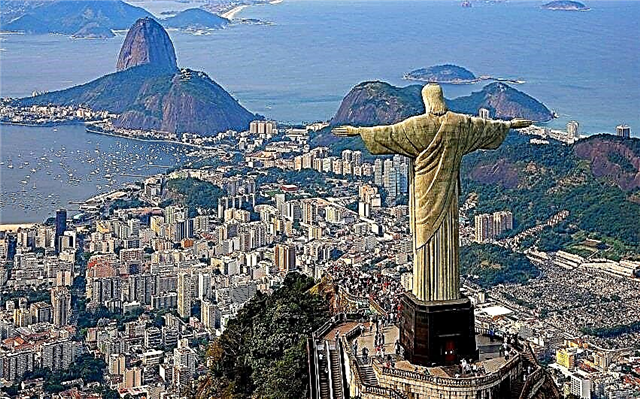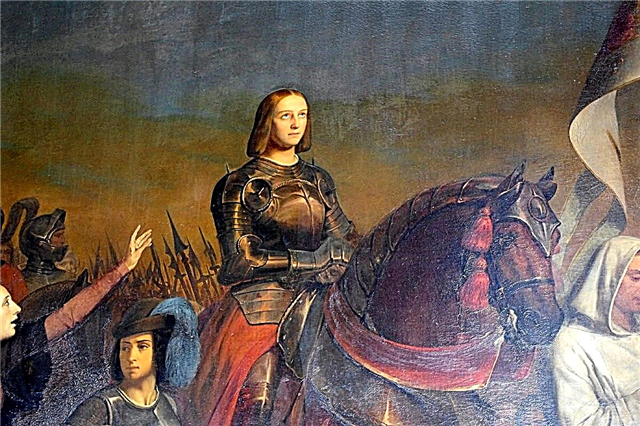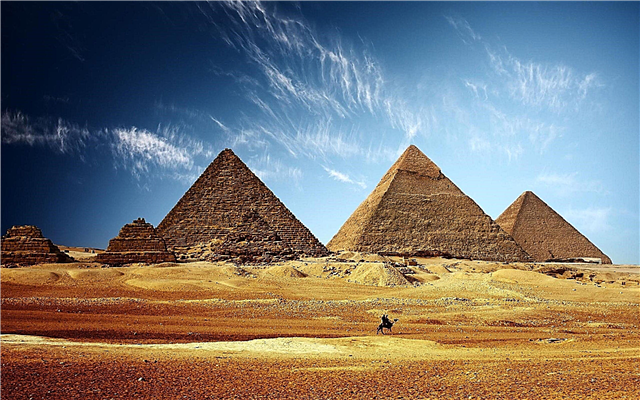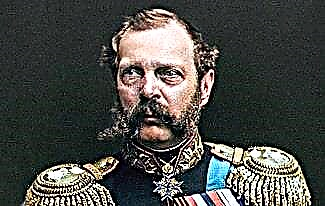The statue of Christ the Redeemer is not just a landmark in Rio de Janeiro, it is the pride of Brazil, as well as one of the most popular symbols of Christianity in the world. Millions of tourists dream of seeing one of the modern wonders of the world, but most often they choose the time of the carnival celebration to visit this city. If there is a desire to enjoy the beauty and spirituality of the monument, it is better to choose a quieter time, however, it will not work to wait for the complete absence of visitors in any case.
Stages of construction of the statue of Christ the Redeemer
For the first time, the idea of creating a unique statue, as a symbol of Christianity, appeared in the 16th century, but then there were no opportunities to implement such a global project. Later, in the late 1880s, construction began on a railway leading to the summit of Mount Corcovado. Without her, it would have been difficult to implement the project, because during the construction of the statue, heavy elements, building materials and equipment had to be transported.
In 1921, Brazil was preparing to celebrate the centenary of independence, which resulted in the idea of erecting a statue of Christ the Redeemer on the top of the mountain. The new monument was supposed to become a key element of the capital, as well as attract tourists to the observation deck, from which the whole city was in full view.
To collect money, the magazine "Cruzeiro" was attracted, which organized a subscription for the construction of the monument. As a result of the collection, it was possible to bail out over two million flights. The church also did not stand aside: Don Sebastian Leme, the archbishop of the city, allocated a considerable amount for the construction of a statue of Jesus from donations from parishioners.
The total period for the creation and installation of Christ the Redeemer was nine years. The original project belongs to the artist Carlos Oswald. According to his idea, Christ with outstretched hands was supposed to stand on a pedestal in the form of a globe. The modified version of the sketch belongs to the hand of the engineer Eitor da Silva Costa, who made changes to the shape of the pedestal. This is how the famous Christian monument can be seen today.

Due to the lack of technology development, most of the elements were manufactured in France. The finished parts were transported to Brazil, after which they were transported by rail to the top of Corcovado. In October 1931, the statue was illuminated during a ceremony. Since then, it has become a recognized symbol of the city.
Description of the construction of the monument
A reinforced concrete structure was used as a frame for the statue of Christ the Redeemer, while the monument itself is made of soapstone, there are glass elements. An artistic feature is the giant pose. Christ stands with open arms, identifying, on the one hand, universal forgiveness, on the other, the blessing of the people. Moreover, this position of the body from afar resembles a cross - the main symbol of the Christian faith.

The memorial cannot be classified as the tallest in the world, but at the same time it impresses with its impressiveness due to its location on the top of the mountain. Its absolute height is 38 meters, eight of which are on the pedestal. The entire structure weighs about 630 tons.

Another feature of the statue is the night illumination, which greatly enhances the effect of the spiritual significance of the monument for all believers. The rays are directed to Christ in such a way that it seems as if a giant descends from heaven in order to bless his children. The spectacle is truly impressive and deserves the attention of everyone, so even at night there are no fewer tourists in Rio de Janeiro.

History of the monument after its opening
When the statue of Christ the Redeemer was built, local representatives of the church immediately consecrated the monument, after which services began to be held at the foot of the monument on significant days. The re-illumination was in 1965, this honor was taken over by Pope Paul VI. On the fiftieth anniversary of the opening of the monument, the highest representatives of the Christian Church were present at the celebration ceremony.

Since the existence of Christ the Redeemer, serious renovations have already been carried out twice: the first in 1980, the second in 1990. Initially, a staircase led to the statue's pedestal, but in 2003 escalators were installed to simplify the "conquest" of the Corcovado peak.
We recommend that you look at the Statue of Liberty.
The Russian Orthodox Church kept away from this significant for Christianity monument for quite a long time, but in 2007 the first divine service was held next to the pedestal. During this period, the Days of Russian Culture in Latin America were designated, which caused the arrival of many significant persons, including the hierarchs of the church. In February last year, Patriarch Kirill conducted a service in support of Christians, accompanied by the spiritual choir of the Moscow diocese.
April 16, 2010 became an unpleasant page in the history of the memorial, because on this day for the first time an act of vandalism was committed against a spiritual symbol. The face and hands of Jesus Christ were covered with black paint. It was not possible to find out the motives for these actions, and all the inscriptions were removed as soon as possible.
Interesting facts related to the statue
Given the location of the famous monument, it comes as no surprise that it becomes an ideal target for lightning. According to statistics, the statue gets at least four hits every year. Some of the injuries are visible so strongly that reconstructive measures have to be taken. For these purposes, the local diocese has an impressive stock of the breed from which the giant is made.
Tourists visiting the Brazilian city can visit the statue of Christ the Redeemer in two ways. Small electric trains run to the foot of the monument, so you can get acquainted with the road, laid back in the 19th century, and then see one of the new wonders of the world. There is also a motorway that runs through the largest forest area located within the city. Photos from the Tijuca National Park will also add to the collection of pictures about the trip to Brazil.









